What to Grow, Dry, and Store Now – Survivopedia
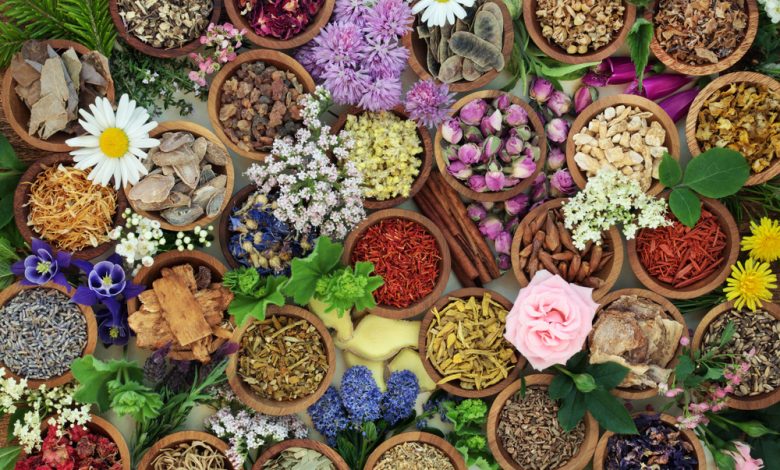
In a situation where modern medical help is unavailable, a shelf-stable herbal first-aid kit becomes a vital line of defense. Whether living off-grid, preparing for long-term grid-down scenarios, or simply wanting to reduce dependency on pharmaceutical systems, growing and storing medicinal herbs gives you control over basic health needs.

Building an herbal first-aid kit begins in the garden. By cultivating the right plants and learning how to properly dry and store them, you can preserve powerful remedies for wounds, infections, and illness. The following guide outlines core herbs to grow or forage, along with preparation and preservation techniques for long-term use.
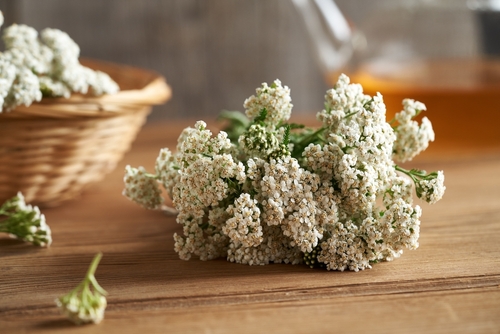
Yarrow
Yarrow has been used for thousands of years to stop bleeding and treat minor wounds. It promotes clotting, offers mild antiseptic action, and can support fever management when used as a tea.
Grow or forage yarrow in most U.S. climates. Harvest the upper flowering parts when in full bloom. Hang bundles to dry in a shaded, ventilated area. Once crisp, store in sealed glass jars.
Add powdered yarrow to your kit as a styptic. It also works well in wound washes and salves. For fever or cold symptoms, dried yarrow can be steeped into tea.
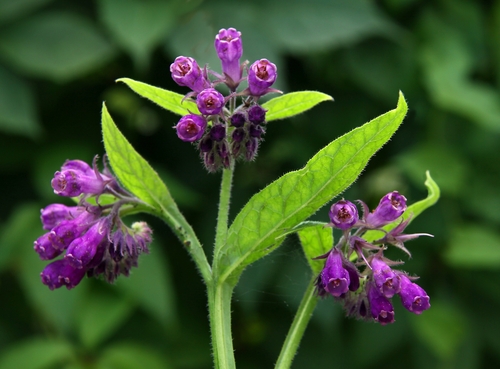
Comfrey
Known for its tissue-healing properties, comfrey is often used on bruises, sprains, and joint injuries. It supports cell regeneration and reduces inflammation. Only apply to closed skin.
Harvest large comfrey leaves before the plant flowers. Dry the leaves flat or in bundles. Store in airtight containers in cool, dark conditions.
To use, infuse comfrey in oil and create a salve. This becomes your go-to remedy for sprains, swelling, and minor muscle strains.
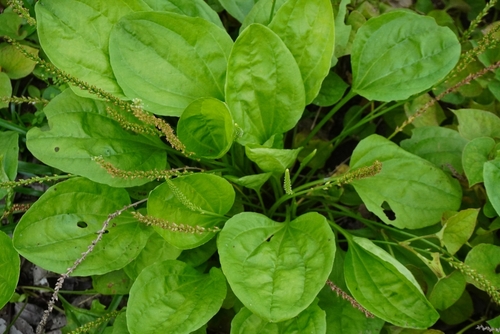
Plantain
Often considered a weed, plantain has natural antibacterial and anti-inflammatory effects. It helps with insect bites, rashes, and minor cuts. It can draw out infection and ease irritation.
Harvest young leaves in spring or early summer. Dry in a well-ventilated space, and store in airtight jars away from heat and moisture.
Keep plantain in both whole leaf and powdered form. It can be applied directly as a poultice, infused into oil for salves, or steeped as a gentle skin wash.
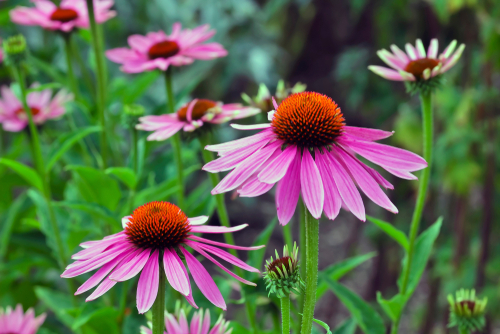
Echinacea
Echinacea strengthens the immune system and helps fight infection. It is useful for treating respiratory illnesses, wounds, and fevers when other treatments are unavailable.
Harvest flowers and leaves during mid-summer. Dig roots in the fall of the second or third year. Dry thoroughly and store each part separately.
Make echinacea tinctures with high-proof alcohol for long-term storage. Dried echinacea can also be used in teas or washes for skin care.
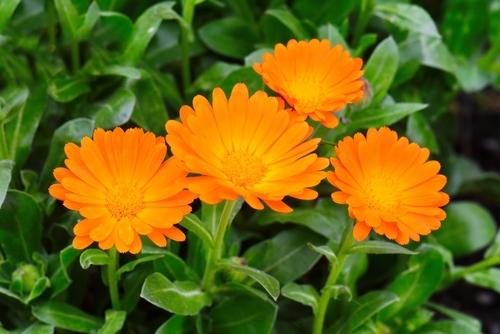
Calendula
Calendula is known for its wound-healing abilities. It soothes burns, scrapes, and chafed skin. It is gentle enough for children and effective for inflammation and infection prevention.
Harvest full blooms in mid-morning. Dry blossoms on screens or racks in a dry, shaded area. Store petals in sealed jars.
Calendula is best used in salves or oil infusions. It also makes a good antiseptic wash for wounds and rashes.
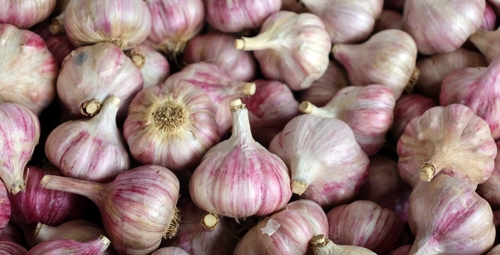
Garlic
Garlic is a natural antibiotic. It has antifungal, antibacterial, and antiviral properties. It supports internal healing and can be used topically for infected wounds.
Plant garlic cloves in fall. Harvest bulbs when leaves turn brown. Cure bulbs in a dry space, then store in a pantry or cellar.
Crushed garlic can be added to honey or oil to create shelf-stable syrups or poultices. Garlic-honey mixtures support respiratory health and infection control.
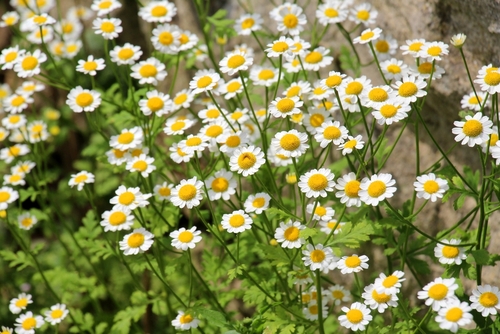
Chamomile
Chamomile calms the body and relieves stress. It reduces fever, eases digestive upset, and serves as a gentle antiseptic. Its flowers have a broad range of applications.
Grow chamomile in sunny areas. Harvest flower heads at full bloom. Dry in a shaded location, then store in dark, airtight containers.
Dried chamomile makes an effective calming tea. Cooled infusions can be used as eye washes or skin rinses.
- Lavender: Calms nerves, repels insects, and supports wound healing.
- Peppermint: Reduces nausea, soothes headaches, and cools fever.
- Elderberry: Supports immune function and shortens cold duration.
- Mullein: Eases coughing and supports lung health.
Harvest herbs when medicinal oils are strongest. Flowers should be gathered at full bloom, while roots are best collected in the fall. Always harvest on dry days.
Dry herbs in a warm, shaded space with airflow. Hang bundles upside down or use screens. Herbs are ready when they crumble easily and stems snap.
Store in airtight glass jars in a cool, dark space. Label containers clearly with the name and harvest date. Check for signs of mold or fading scent.
Shelf Life Guidelines:
- Dried leaves and flowers: up to 1 year
- Dried roots: 2 to 5 years
- Salves: up to 1 year if stored cool
- Tinctures: 3 to 5 years in dark bottles
Preparation Methods
Tinctures: Steep herbs in high-proof alcohol for several weeks. Strain and bottle in dropper containers.
Salves: Infuse dried herbs in oil, then mix with beeswax. Pour into tins and allow to set.
Poultices: Use powdered or crumbled herbs. Rehydrate and apply directly to skin. Store dry and mix as needed.
Infusions: Steep dried herbs in hot water. Use internally or externally as needed.
Syrups: Combine herbs with honey or vinegar to preserve their properties. Use for coughs and throat issues.
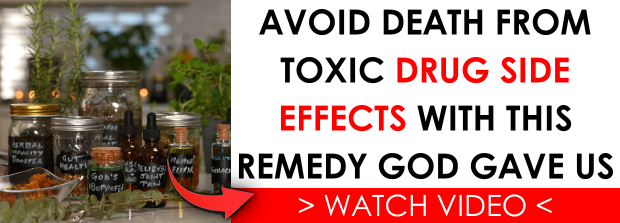
Ongoing Learning and Practice
Build skill with small batches before an emergency. Make your own salves and teas now, not later. Practice safe identification of plants and proper preservation.
Label everything. Keep a notebook of recipes and results. Knowledge and preparation are what transform a bag of dried plants into a functional, reliable medicine kit.
With the right approach, your herbal first-aid kit becomes a practical asset. It supports health without dependency. It prepares you to handle common injuries, infections, and illness when other options are gone.
Build it. Stock it. Learn to use it. That’s how you prepare to stay healthy, off-grid or under crisis conditions.













